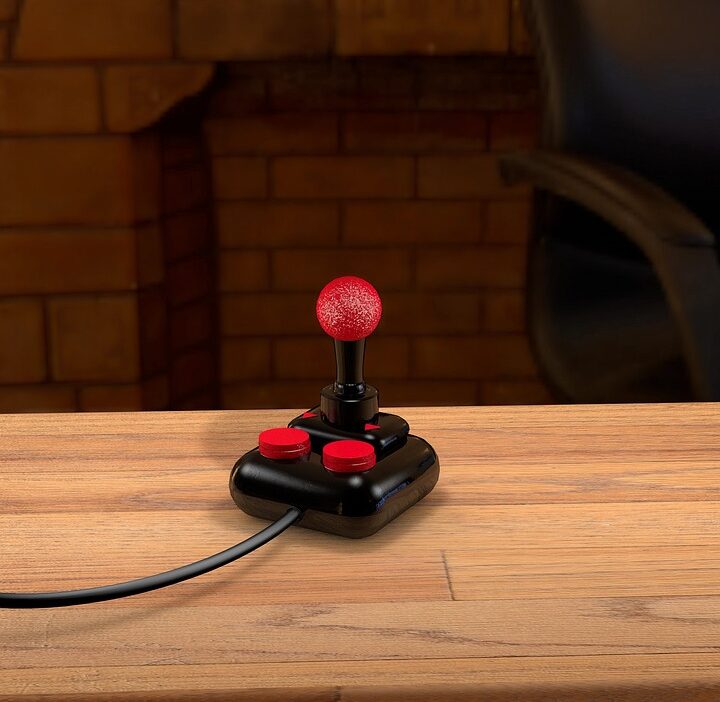Retro Revival: How Indie Developers Are Bringing Old Classics Back
In an age of cutting-edge technology and hyper-realistic graphics, there’s a remarkable trend emerging in the gaming world: the revival of retro classics. Indie developers, with their creative freedom and fresh perspectives, are at the forefront of this nostalgic movement, breathing new life into cherished games from the past. This article explores how they are marrying the essence of vintage titles with modern innovations to capture both the hearts of seasoned gamers and the attention of a new generation.
The Allure of Nostalgia
For many gamers, the late ’70s to the early 2000s represent a golden age. Iconic titles like "Pac-Man," "Super Mario Bros.," and "The Legend of Zelda" laid the foundation for what gaming is today. These simple yet addictive gameplay mechanics, pixel art graphics, and memorable soundtracks evoke a sense of nostalgia that is hard to resist. Indie developers are keenly aware of this emotional connection and are leveraging it to craft experiences that not only pay homage to the classics but also offer something new.
Bridging Old and New
One of the standout examples of this retro revival is the indie gem “Celeste,” which expertly melds the challenging platforming techniques of games like "Super Mario" with modern storytelling and design principles. The game incorporates pixel art and chiptune music, reminiscent of the games that inspired it, while offering a poignant narrative about mental health, a theme rarely explored in older titles.
Similarly, “Shovel Knight,” released by Yacht Club Games, is a loving homage to the 8-bit and 16-bit eras. Its gameplay, visuals, and even its box art take design cues from classic platformers, yet it innovates with modern mechanics, such as upgradeable abilities and deep storytelling. The success of these titles demonstrates that while the aesthetics may be retro, the themes and experiences can be sophisticated and relevant.
Leveling Up Gameplay Mechanics
Indie developers are not just replicating old formulas; they are enhancing them with modern gameplay mechanics. Take “Hollow Knight,” for instance. This Metroidvania-style game combines the beloved exploration of past titles with refined combat systems and intricate level design, compelling players to discover every hidden nook and cranny. The deep lore and atmosphere envelop players in a rich world that feels both familiar and distinctly original.
This blend of old and new extends to how games are structured. Many indie titles now feature non-linear storytelling, allowing players to choose their own paths while still providing that retro satisfaction of overcoming challenging levels or bosses.
The Rise of Retro-Inspired Genres
The resurgence of retro-style games has also led to new genres gaining traction. Roguelikes and rogue-lites, which emphasize procedurally generated levels and permadeath, have taken cues from the arcade culture of old, where high scores reign supreme. Games like “Dead Cells” and “Enter the Gungeon” offer fast-paced, replayable experiences that echo the arcade’s addictive nature while incorporating modern design elements to keep players engaged.
Community and Collaboration
Beyond just development, the indie gaming community thrives on collaboration and sharing, much like the early days of gaming when developers often swapped ideas and techniques. Platforms such as itch.io enable emerging creators to showcase their work, making it easier for them to find like-minded collaborators and for players to discover unique titles. This sense of community encourages innovation and reinvention, resulting in a diverse array of games that appeal to various tastes.
Conclusion
The retro revival is more than a passing trend; it is a celebration of video game history and an acknowledgment of the timeless qualities that make gaming enjoyable. Indie developers are playing a crucial role in this revival by creatively marrying nostalgia with modern design, ensuring that the essence of classic gaming is preserved while pushing the boundaries of what is possible.
As audiences continue to crave both familiarity and innovation, these indie developers will likely keep bringing old classics back, reinventing them with fresh ideas and contemporary storytelling. The past and present of gaming are intertwining in exhilarating ways, promising an enriching future for gamers around the globe. Whether you’re a fan of pixel art style or looking for compelling narratives, the retro revival is a movement that invites everyone to game on.



